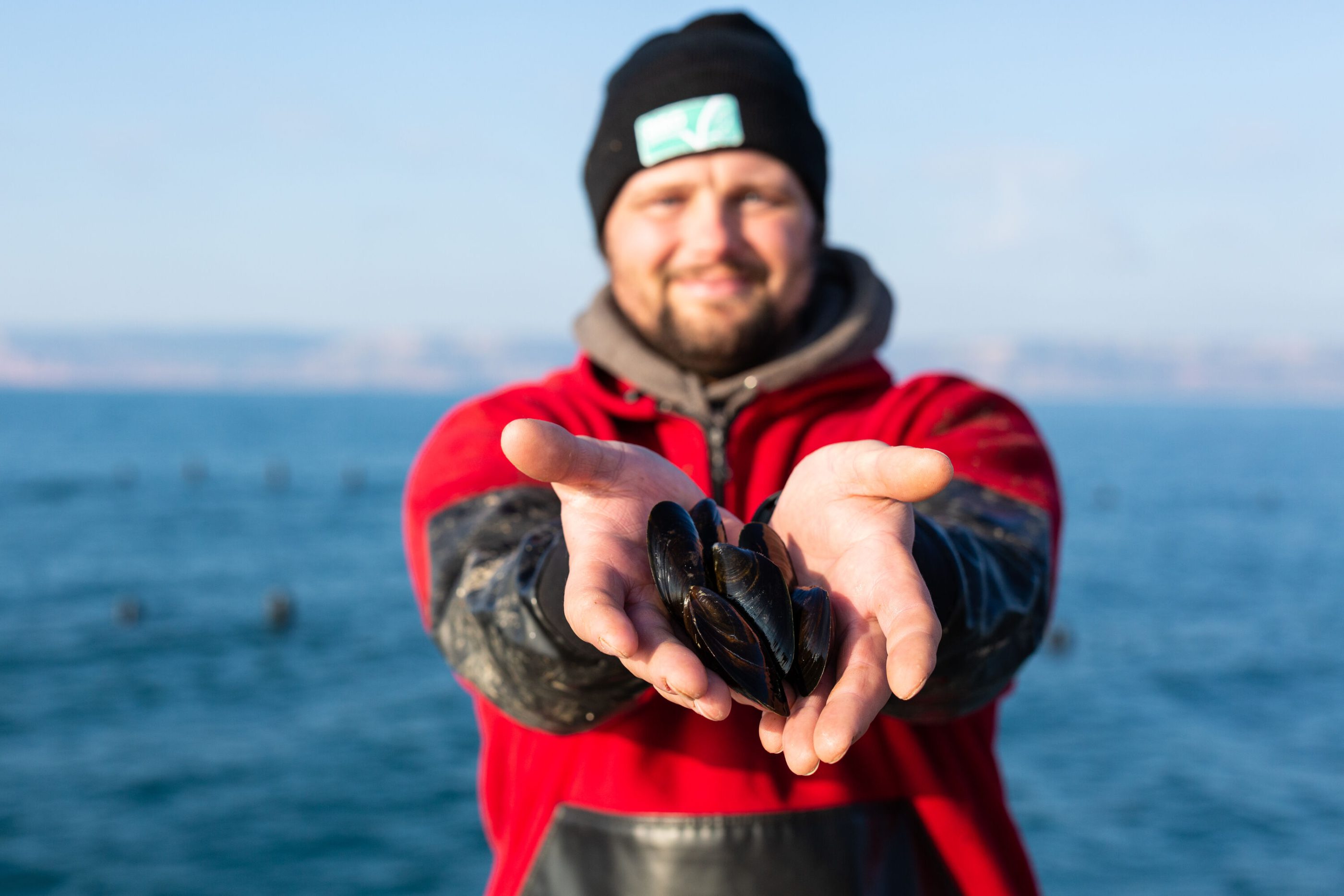
Wild Fish in Aquaculture Feed: What Are the Facts?
March 30, 2020
At ASC we are always looking at the direct and indirect impacts of aquaculture and reviewing how we help the industry minimise them. This is the reason behind our imminent Feed Standard, which will be applicable to all ASC certified farms and requires unprecedented traceability and sustainability of all of the ingredients of the feed used by farms.
So when we see reports and claims about the “hidden” wild fish content in aquaculture products, it’s an issue we know a lot about – we know about the impacts that do need to be minimised, but we also know that some of these claims may be based on generalisations rather than proper evidence.
The first thing to note is that while it remains absolutely vital that responsibly harvested wild fish are used in aquaculture feed (as our Feed Standard ensures), in fact the amount of wild caught fish used in feed has been shrinking since the 90s, and what is used is often coming from by-products. According to the United Nation’s Food and Agricultural Organisation (FAO), fishmeal production peaked in 1994 and has been in decline since then. At the same time, a growing share comes from by-products which were previously wasted – the FAO estimates that up to 35% of fishmeal now comes from these sources. It adds that the inclusion rates of fishmeal and fish oil in feeds “have shown a clear downward trend as they are used more selectively.”
Another thing to note is it’s just not as simple as replacing fishmeal or fish oil with other proteins and assuming that this makes feed more sustainable. At ASC we fully support the innovative aquaculture industry as it develops new ways to produce feed, but many of the alternative land-based ingredients, such as soy, rice, or palm oil, have their own impacts if they are not responsibly sourced. Many of these impacts will be well known, but the ASC Feed Standard is the first to include them as well as marine ingredients, meaning ASC certified farms will be able to assure customers that all of their feed has been responsibly sourced – not just the marine ingredients that often make up a minority of modern feeds.
Finally, and perhaps most importantly, the ASC provides transparency and traceability. Transparency is at the heart of everything we do, so it’s no surprise that the new Feed Standard requires this of feed mills. Every ingredient that makes up over 1% of the feed must be traceable, and as with all ASC certification, all audit reports and documentation will be accessible to all on the ASC website. Which is why it’s not true to say that all farmed fish contains “hidden” wild fish. Nothing is hidden when it comes to ASC certified farmed fish, and any wild fish that is used must have come from a sustainable source.
At ASC we’re a science-based organisation and we like to make claims based on facts and evidence. That’s why we don’t like sweeping generalisations. So while the facts suggest that, as a whole, fewer wild caught fish are being used in fish feed, we want to be able to provide more robust assurance to consumers than that. This is why our Feed Standard is so comprehensive and transparent. Simply focusing on wild caught fish used in feed actually risks downplaying some of the impacts of feed production. Fortunately, by purchasing fish with the ASC logo you are giving your money to farms that must take a much more holistic and thorough approach to responsibility, meaning you can enjoy your seafood safe in the knowledge that there are no “hidden” surprises.



